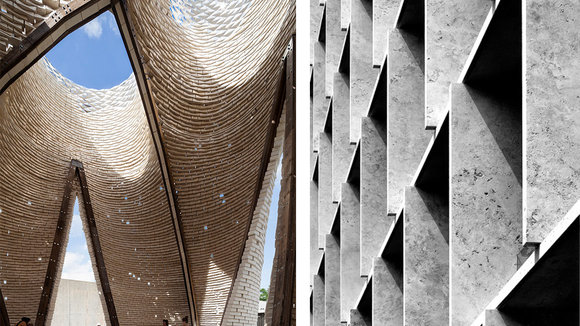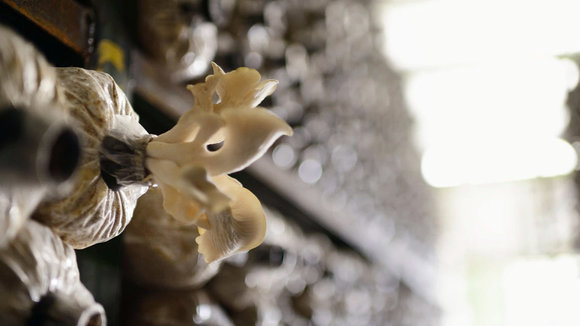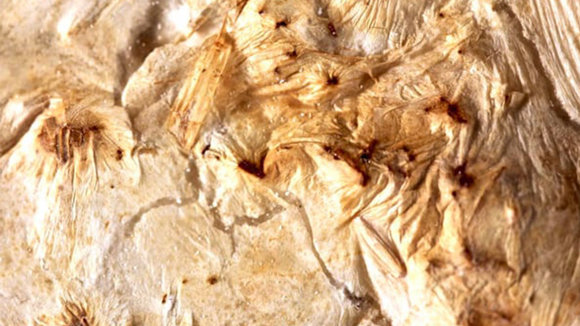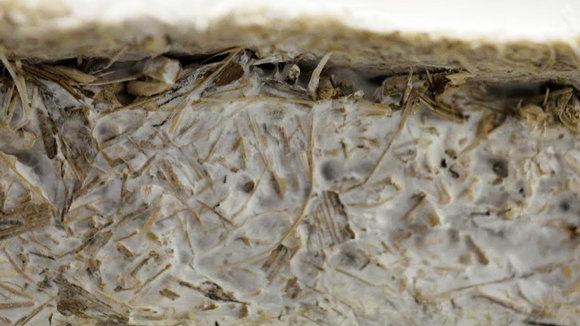1/10
NASA plans to use mushrooms to build sustainable housing on Mars like this one!
Let’s accept it – climate change is the biggest design problem of our lifetime. It doesn’t matter what industry you are in, every brand from fashion to mental health and even construction is incorporating sustainable solutions in their work. In fact, a recent exhibition in Somerset, London was dedicated entirely to “the remarkable mushroom” showcasing its versatility. I am curious how mushrooms are used for construction given that that particular industry contributes to 39% of the world’s carbon footprint and we know a fun-guy (get it?!) who might have a solution.
The construction industry emits 4 times more CO2 than the aviation industry and that is enough proof they must focus on ecodesign to reduce their colossal impact especially when sustainable materials, like mycelium composites, already exist! This material is created by growing mycelium–the thread-like main body of a fungus–of certain mushroom-producing fungi on agricultural wastes. The mycelia are composed of a network of filaments called “hyphae,” which are natural binders and they also are self-adhesive to the surface they grow on. The entire process is based on biological elements that also help in upcycling waste and reducing dependency on toxic fossil fuels. Mycelium composite manufacturing can also be a catalyst in developing new bioindustries in rural areas, generating sustainable economic growth while creating new jobs.
This mushroom material is biodegradable, sustainable and a low-cost alternative to construction materials while also possessing thermal and fire-resistant properties. The Living has designed an organic 42 feet tall mycelium tower to show the potential of using mushrooms for stable structures which is just one of many such projects. Mycelium materials are also being tested for being acoustic absorber, packaging materials, and building insulation. Even NASA is currently researching using mycelium to build sustainable
– if we have to move into a mushroom house, might as well test it on Earth first, right? The construction industry has to act now if they want to build in/a future.
Cement alone is responsible for a massive 8% of global CO₂ emissions and the construction industry has to start using alternative materials to transition smoothly into a more sustainable future.
Energy used to heat, cool, and light buildings account for 28% of these emissions while the remaining 11% of buildings’ carbon emissions consist of those associated with construction and building materials.
Mycelium composite is formed when “mycelia” digest the nutrients from agricultural waste and bonds to the surface of the waste material by also serving as a natural self-assembling glue.
The materials are low-density, and therefore very light when compared to other construction materials while still being able to provide structural stability as shown in various architectural projects.
发布于2020-10-22
设计师
The Living
颜色
相关推荐










